Doan Mon Gate was originally built during the Ly Dynasty, with the name Ngu Mon Lau, which is still recorded in the content of the Sung Thien Dien Linh stele (Doi Pagoda) engraved by King Ly Nhan Tong (1072 - 1128) in the second year of Thien Phu Due Vu (1121). However, based on the construction materials and architectural style of the relic, the Doan Mon Gate that still exists was built by the early Le Dynasty (15th century) and was repaired and restored under the Nguyen Dynasty (19th century).
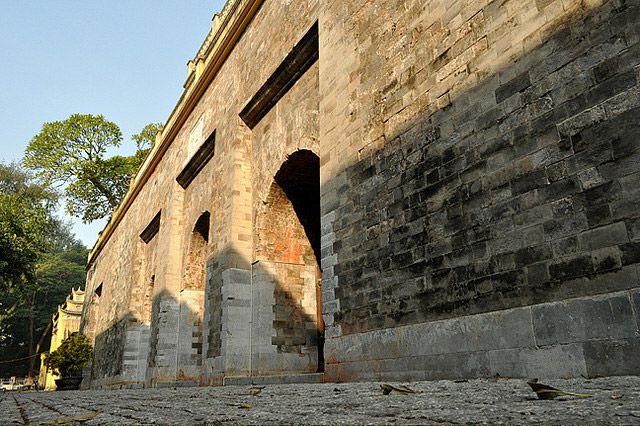
Doan Mon is a gate with a very important position in the ceremonial activities of the Imperial City. Between Doan Mon and Dien Kinh Thien is Long Tri (Dragon Courtyard, also called Dan Tri during the Le Dynasty). This is a space with important cultural and spiritual significance of the Forbidden City, where sacred political and religious ceremonies are held, such as the opening of the Nhan Vuong festival (1077, 1126), the opening of the Quang Chieu lantern festival (1126), the review of the forbidden army (1351), the king's examination of the Royal examination (1466, 1475, 1481, 1496).
Doan Mon has a U-shaped structure, 46.5 m long from East to West, with 5 arches, the middle arch is for the king.
In 1999, archaeologists chose an excavation pit right in the middle of the Doan Mon gate to find traces of the ancient Royal Road. At a depth of 1.2 m, a stone border at the foot of the Doan Mon wall, a yard paved with Le dynasty bricks and at a depth of 1.90 m, traces of a road paved with "lemon flower" bricks of the Tran dynasty were revealed. In the North-South direction, the road is predicted to be even longer and is most likely the road from Doan Mon to Thien An Palace of the Tran dynasty. Notably, among the bricks paving the road during the Tran dynasty, there are also bricks from the Ly dynasty that have been reused.
Thus, the archaeological results at Doan Mon further strengthen the hypothesis that Doan Mon during the Ly, Tran, and Le dynasties was basically located at the same location.


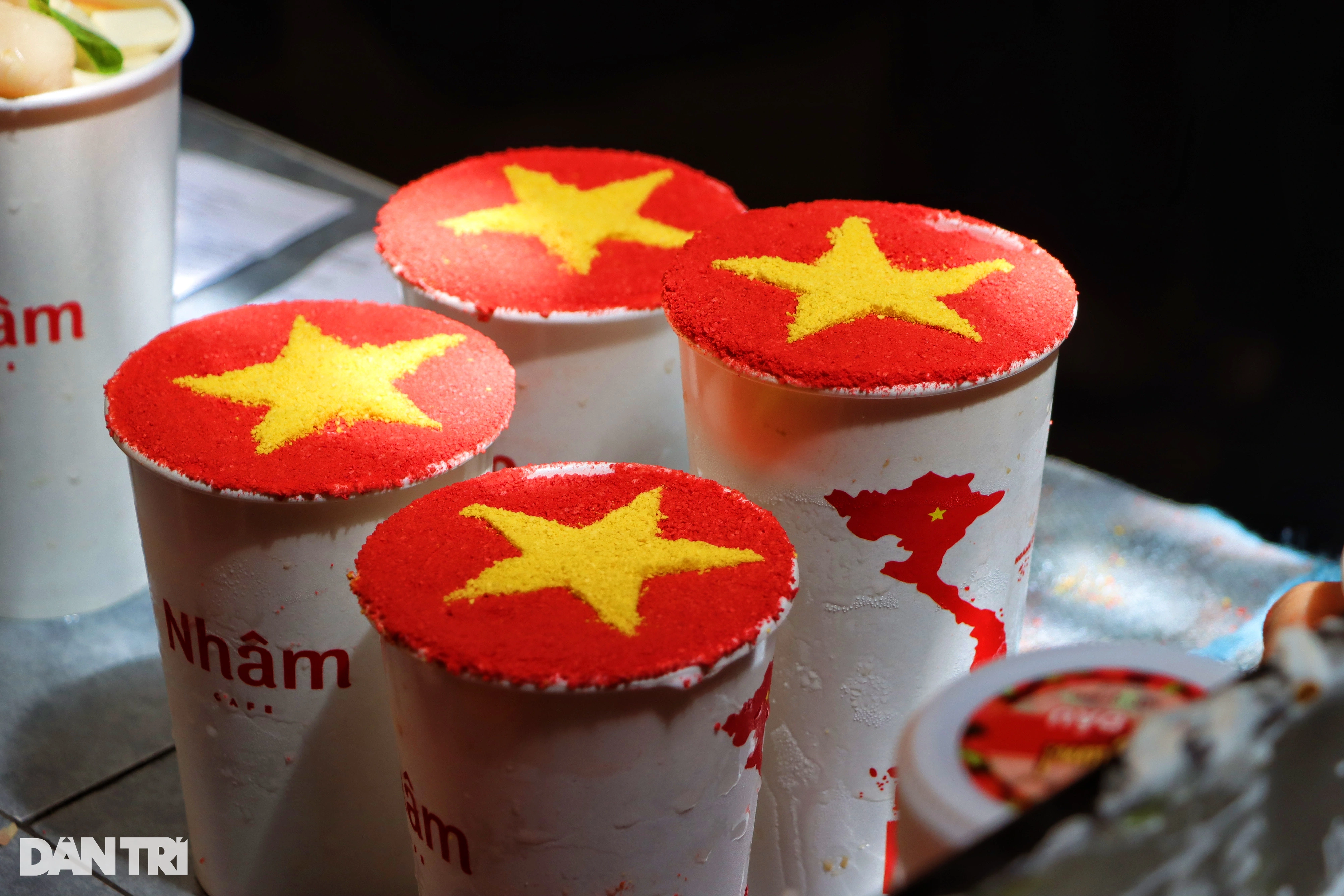

![[Photo] Chemical Corps trains hard for the April 30th celebration](https://vstatic.vietnam.vn/vietnam/resource/IMAGE/2025/4/21/82ecc68be4724bc2af475dc669f11a1a)

![[Photo] National Assembly Chairman Tran Thanh Man receives Lao National Assembly Vice Chairman Suvon Luongbunmi](https://vstatic.vietnam.vn/vietnam/resource/IMAGE/2025/4/21/fced4939316d4eda89a94ff457019594)




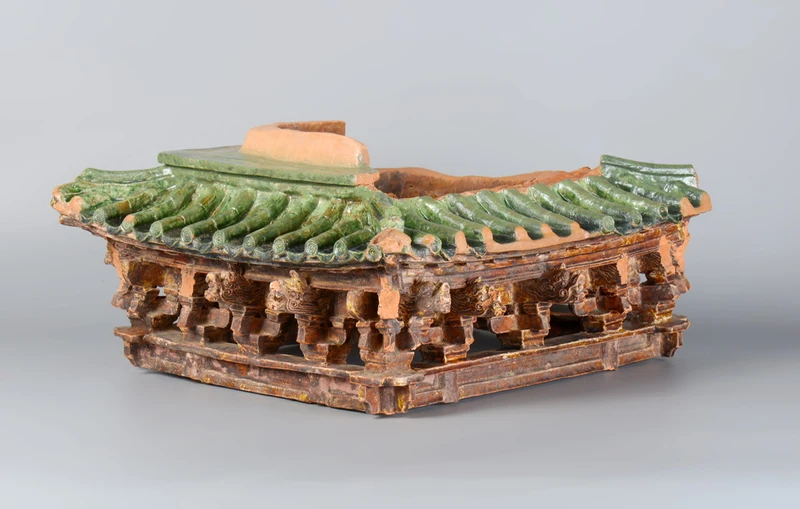
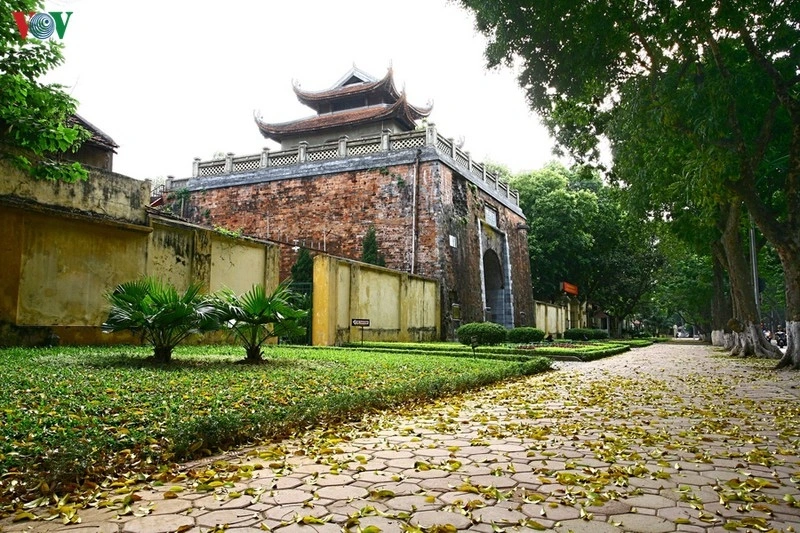




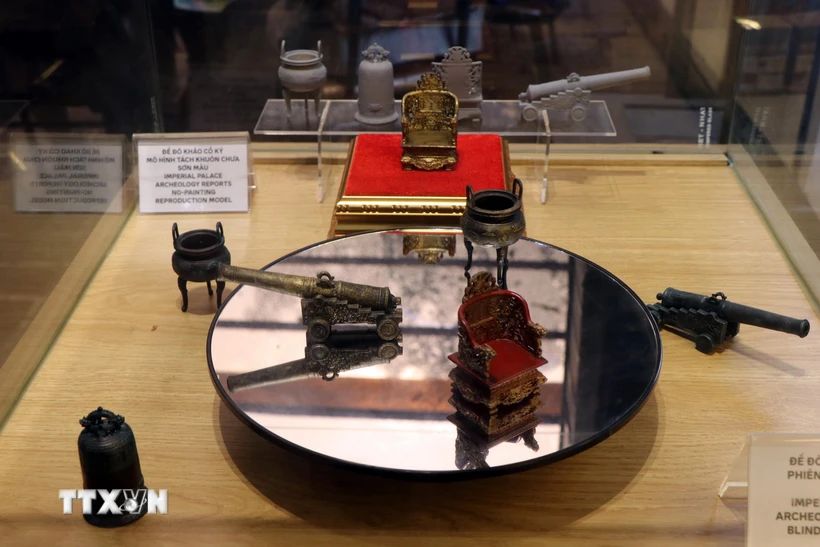
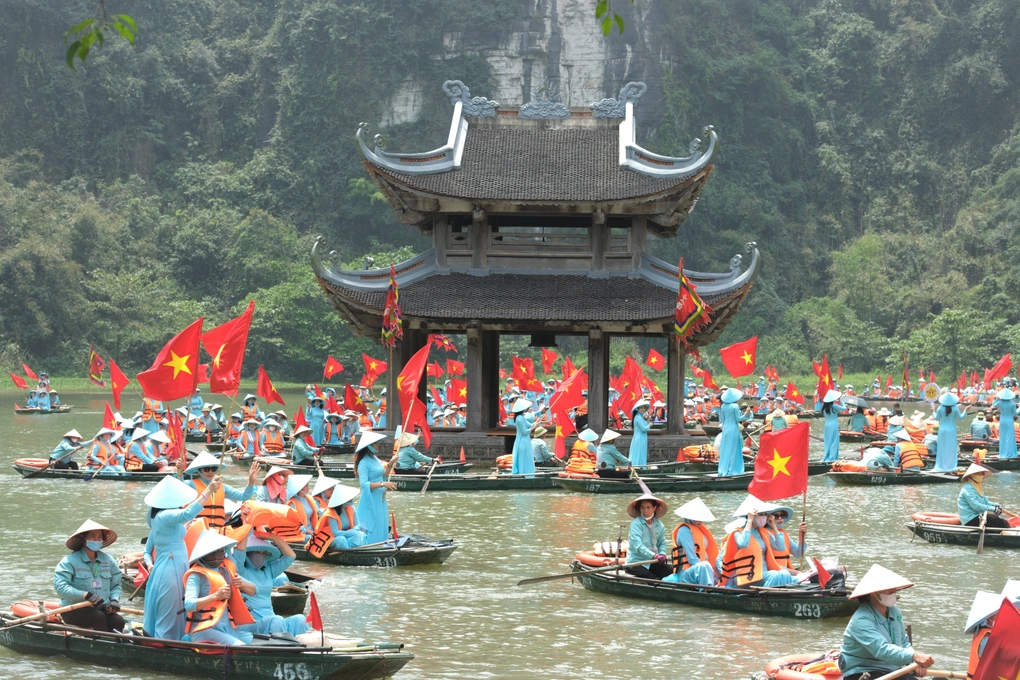

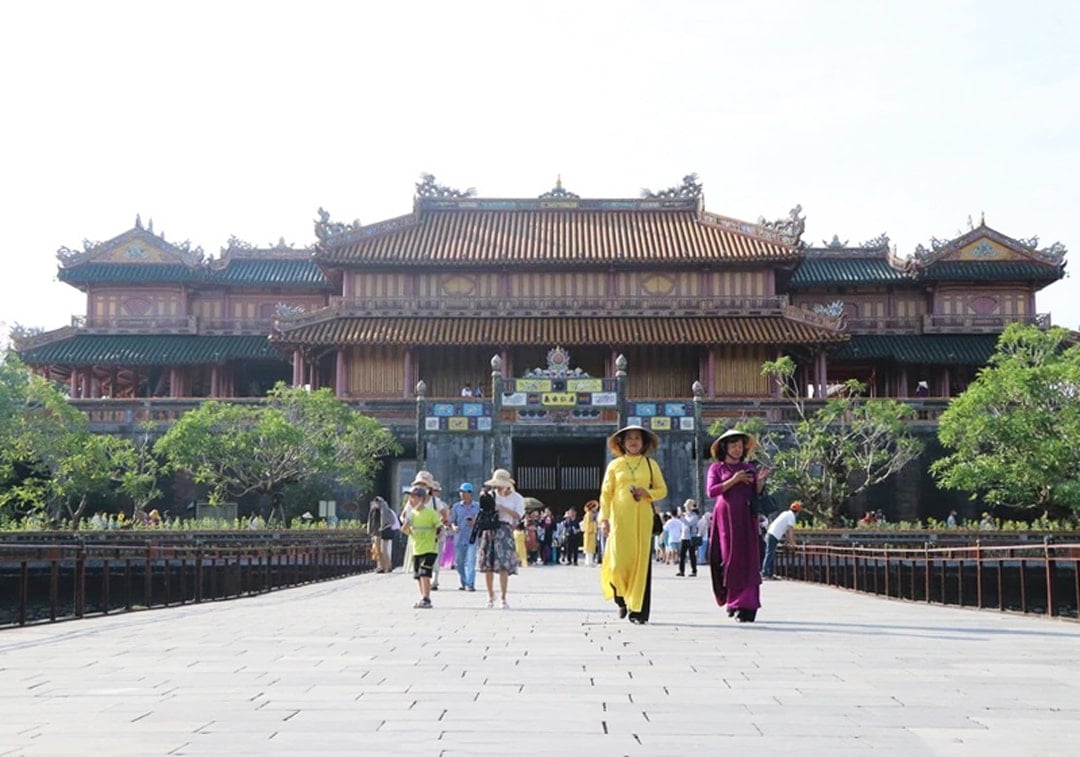

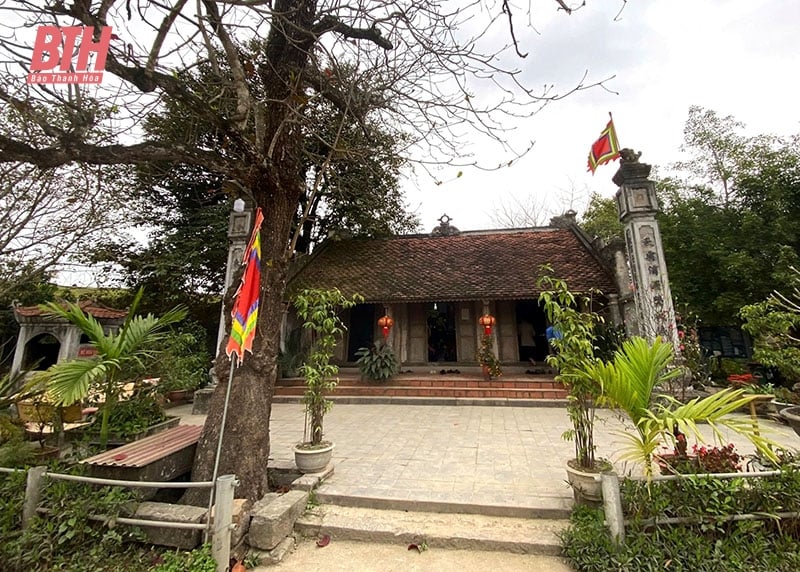

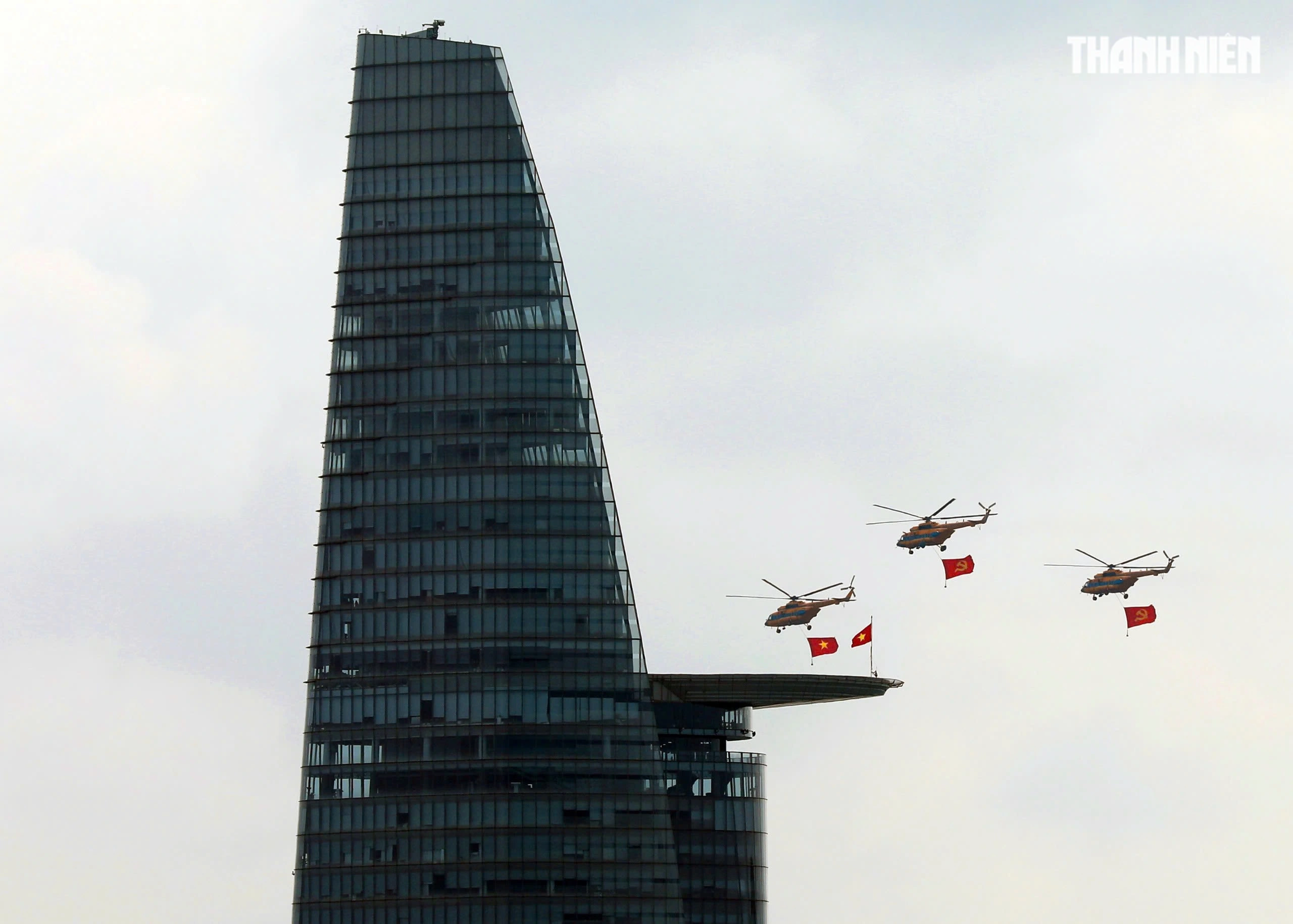

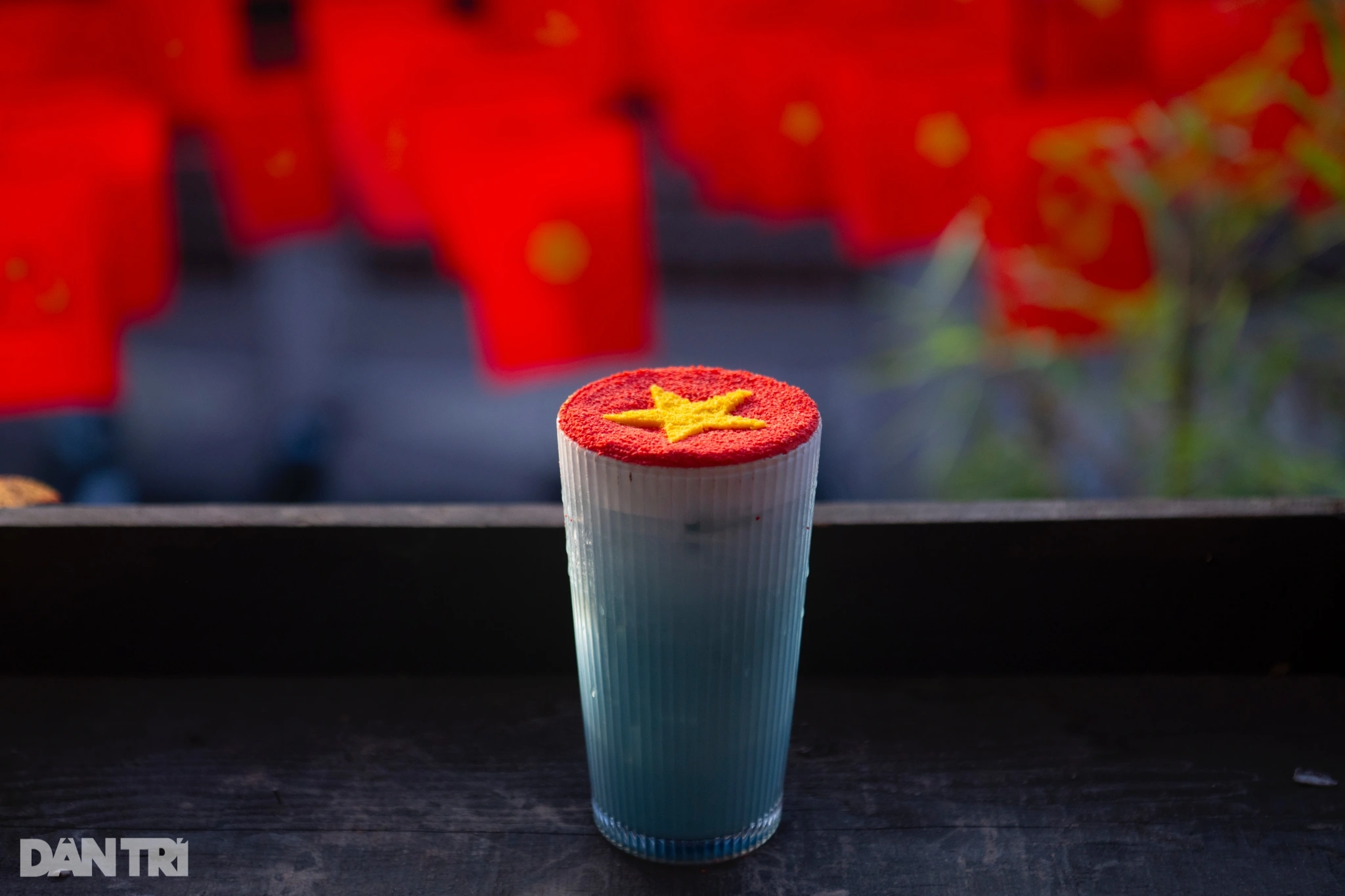


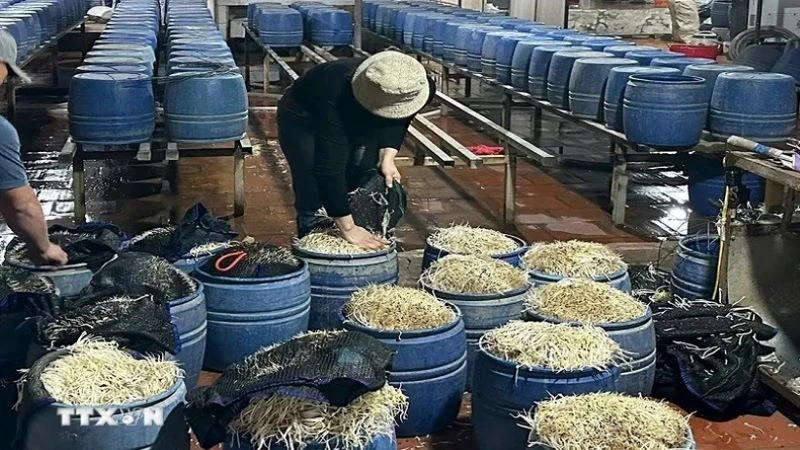
![[Video] Candidates register for high school graduation exam from April 21](https://vstatic.vietnam.vn/vietnam/resource/IMAGE/2025/4/21/27108c63cb4e4035aa57d461480ab026)








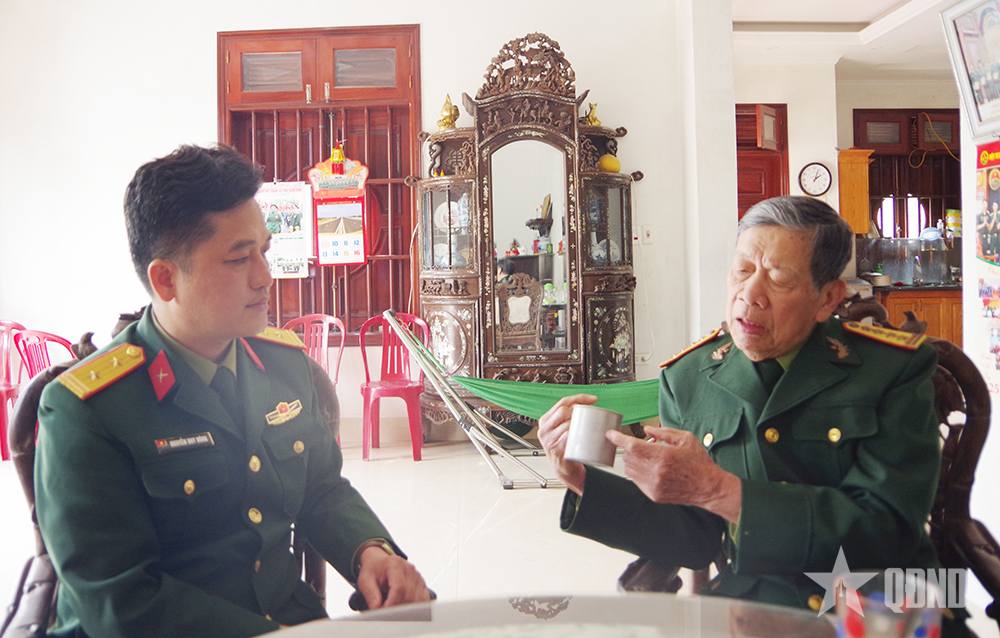



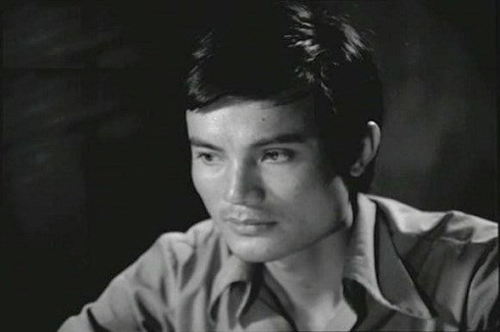


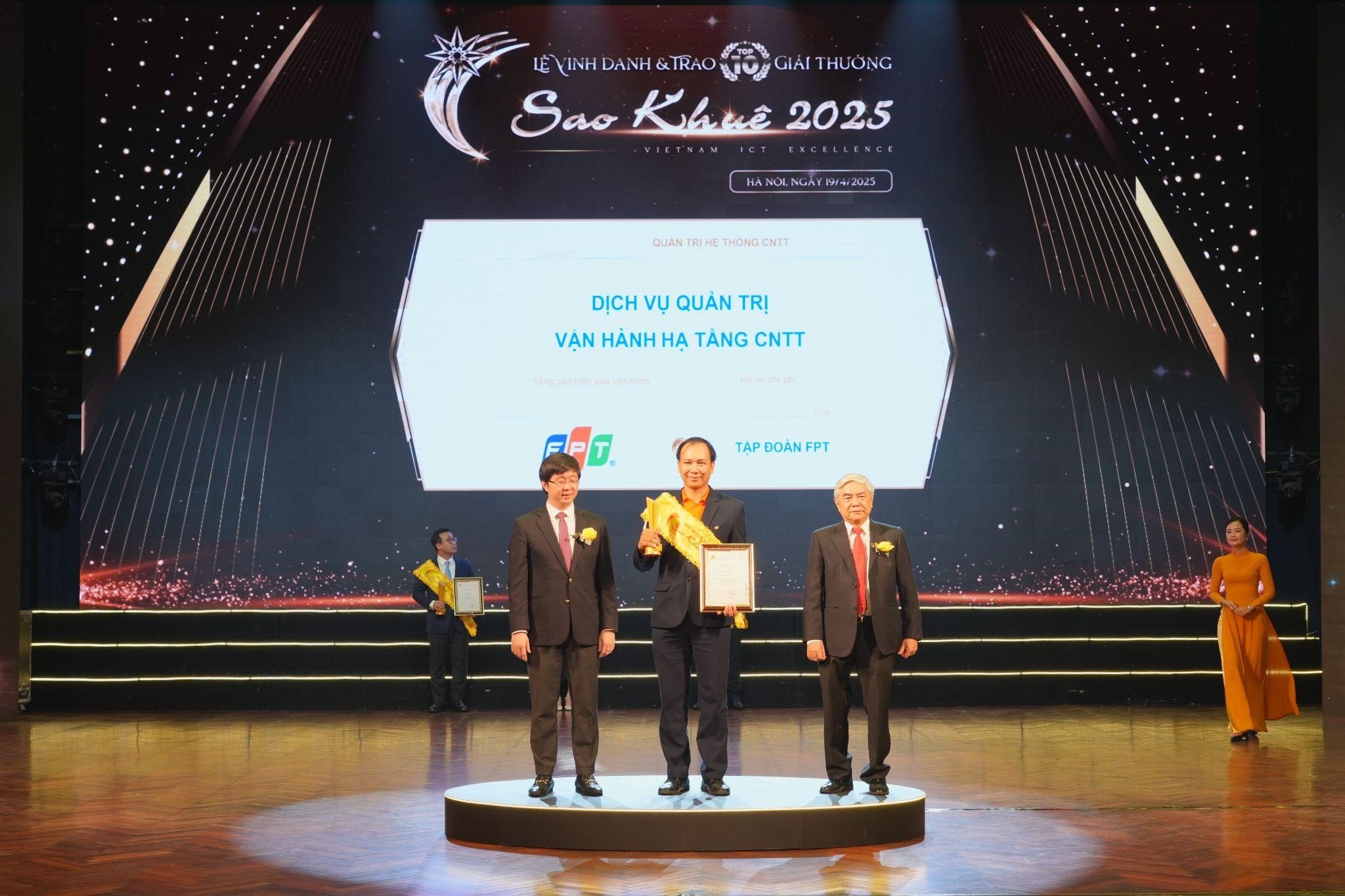

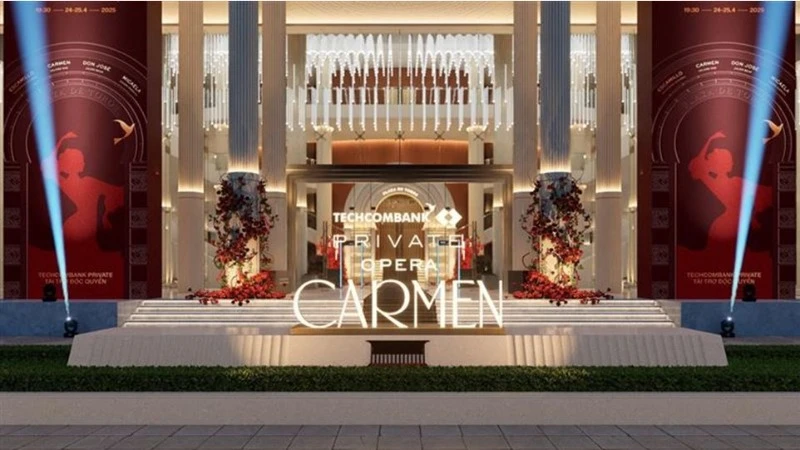
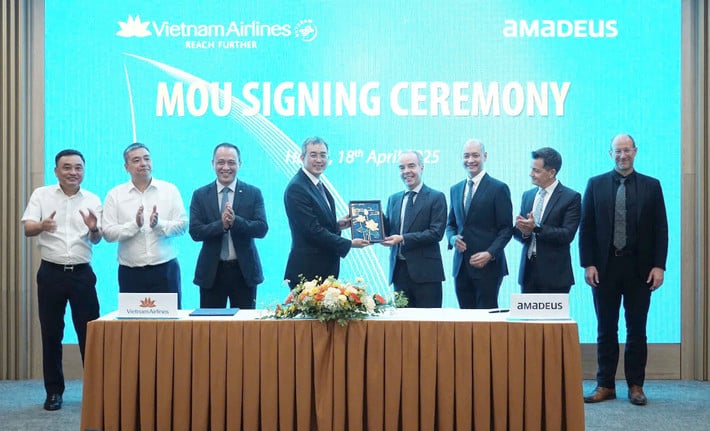





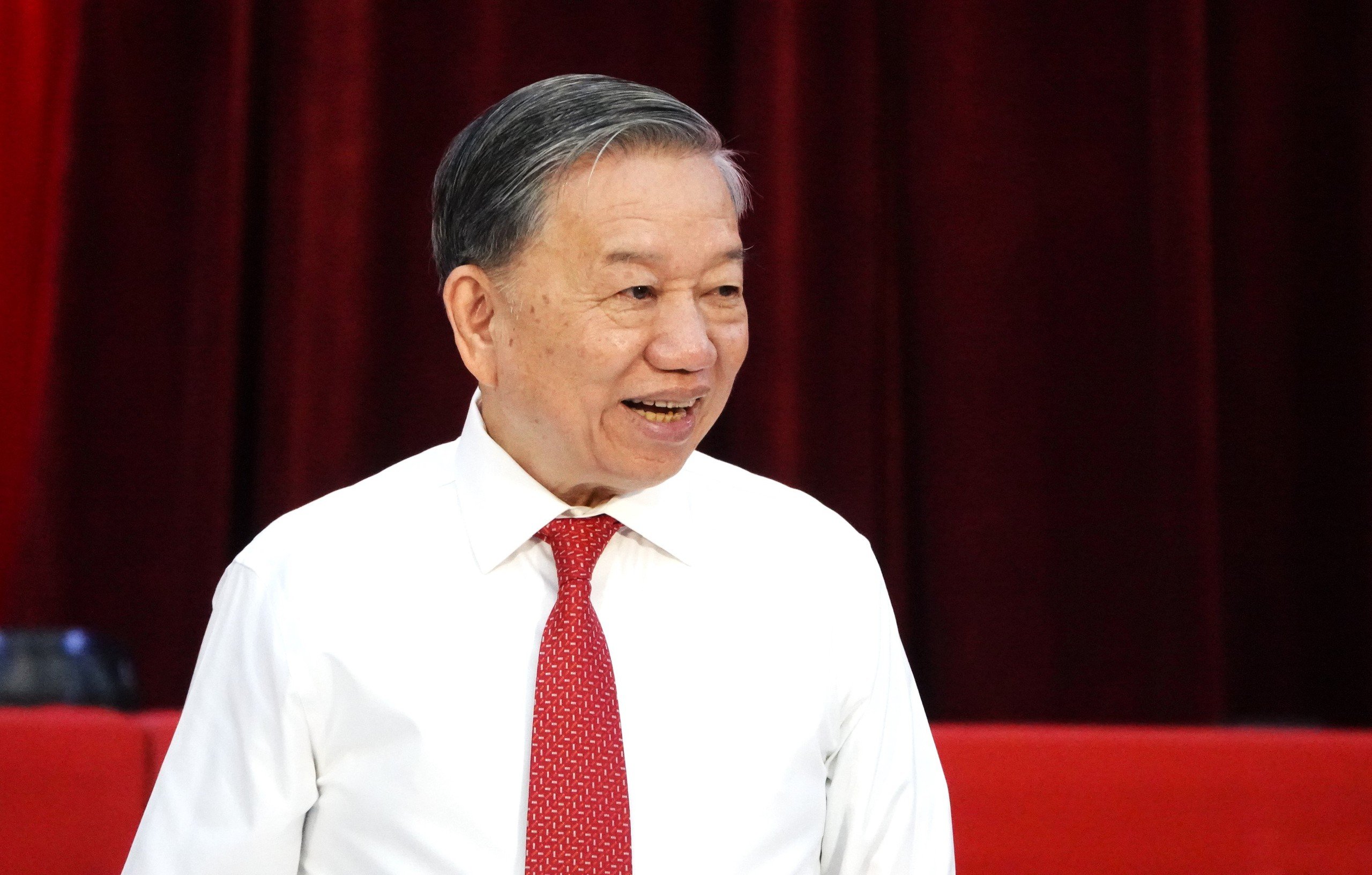
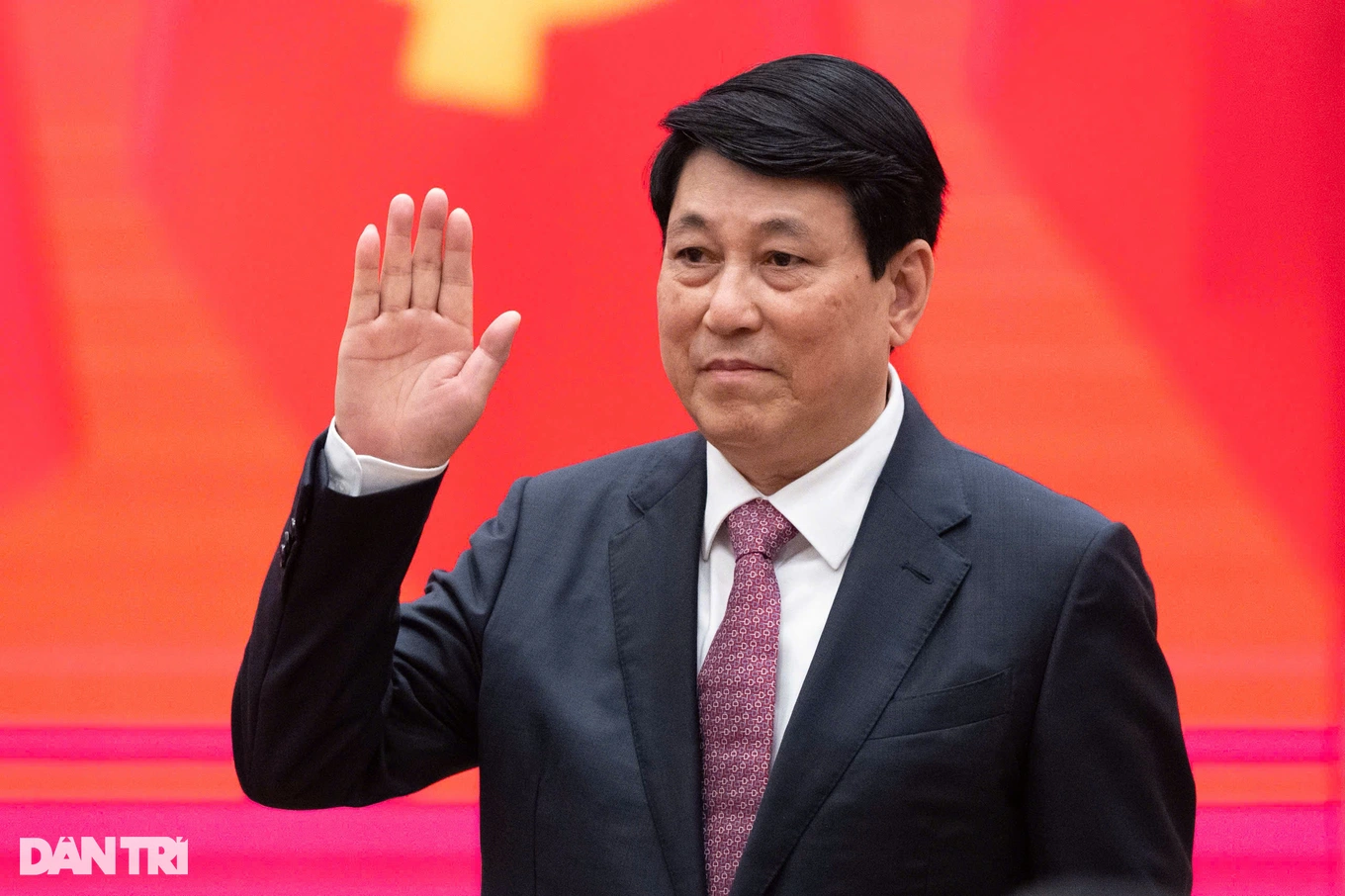



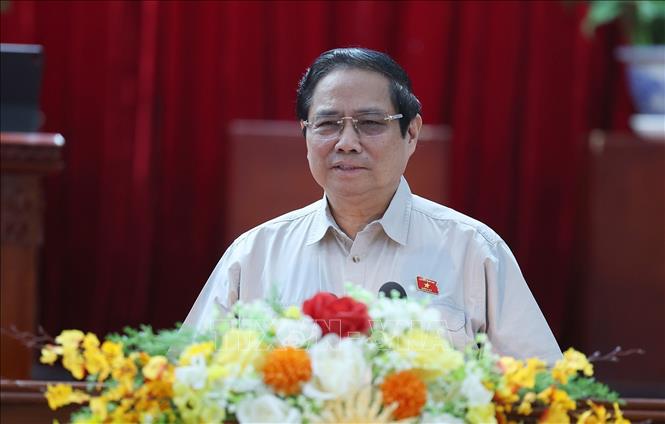


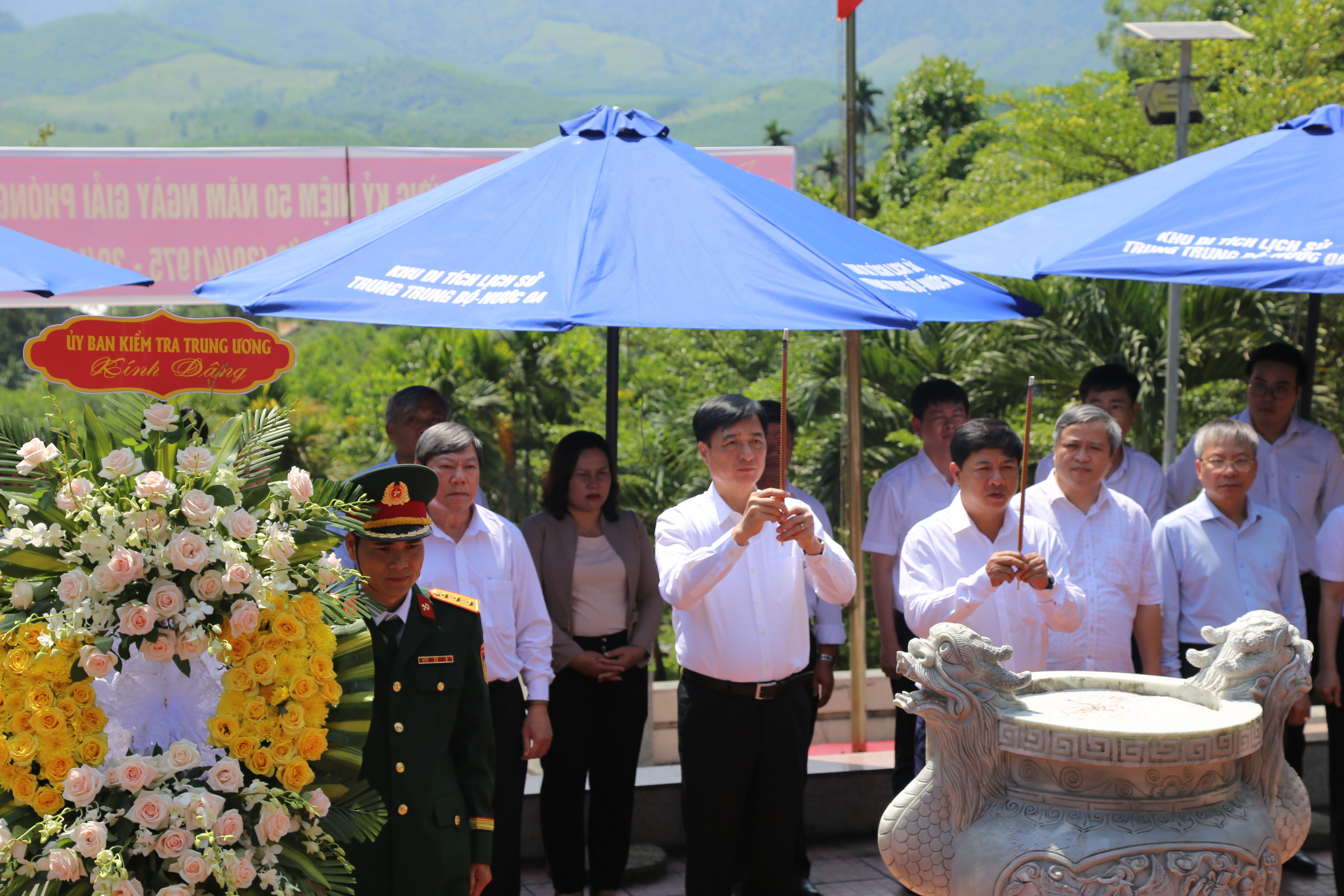

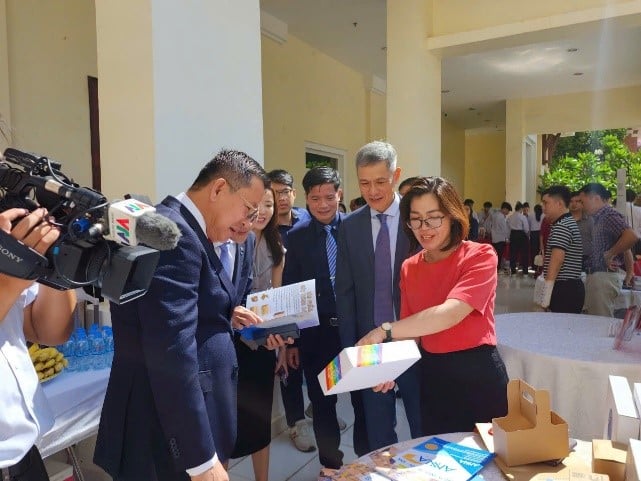



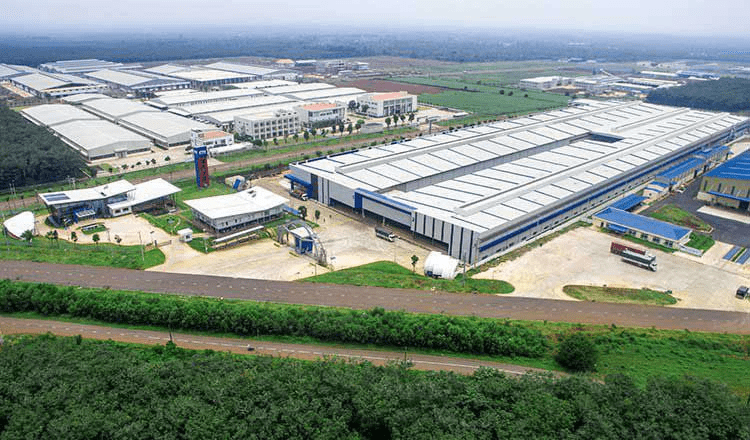





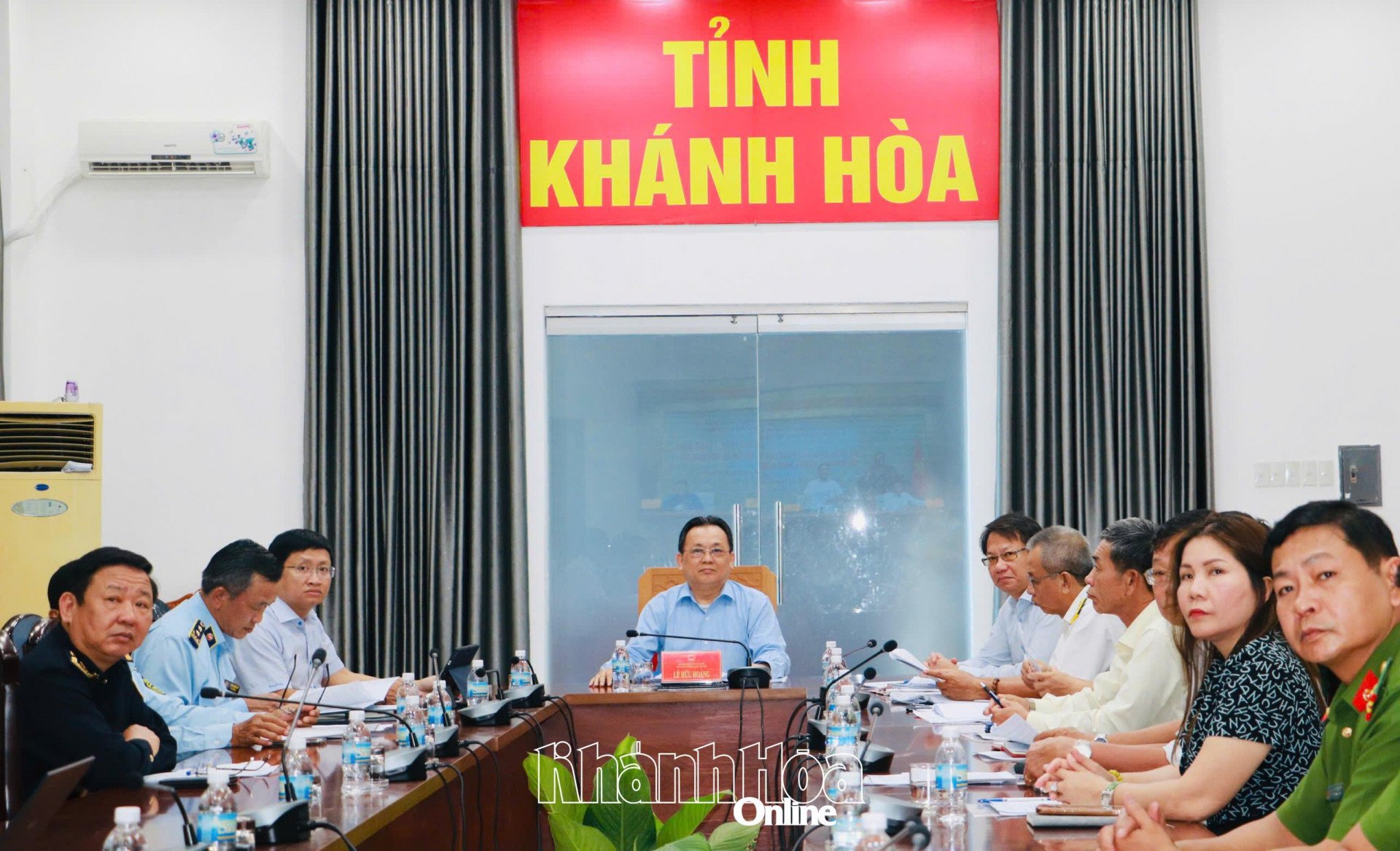



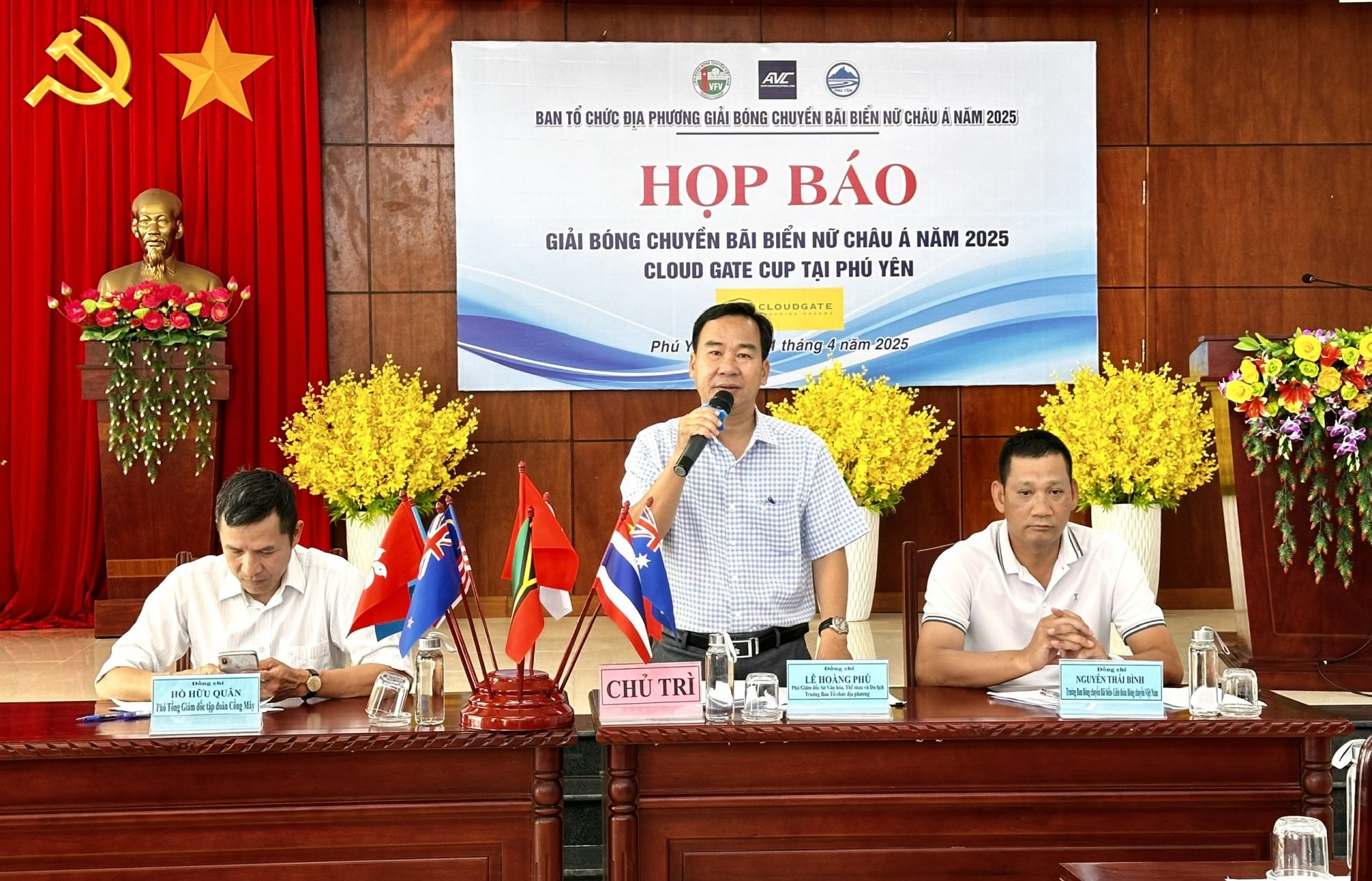


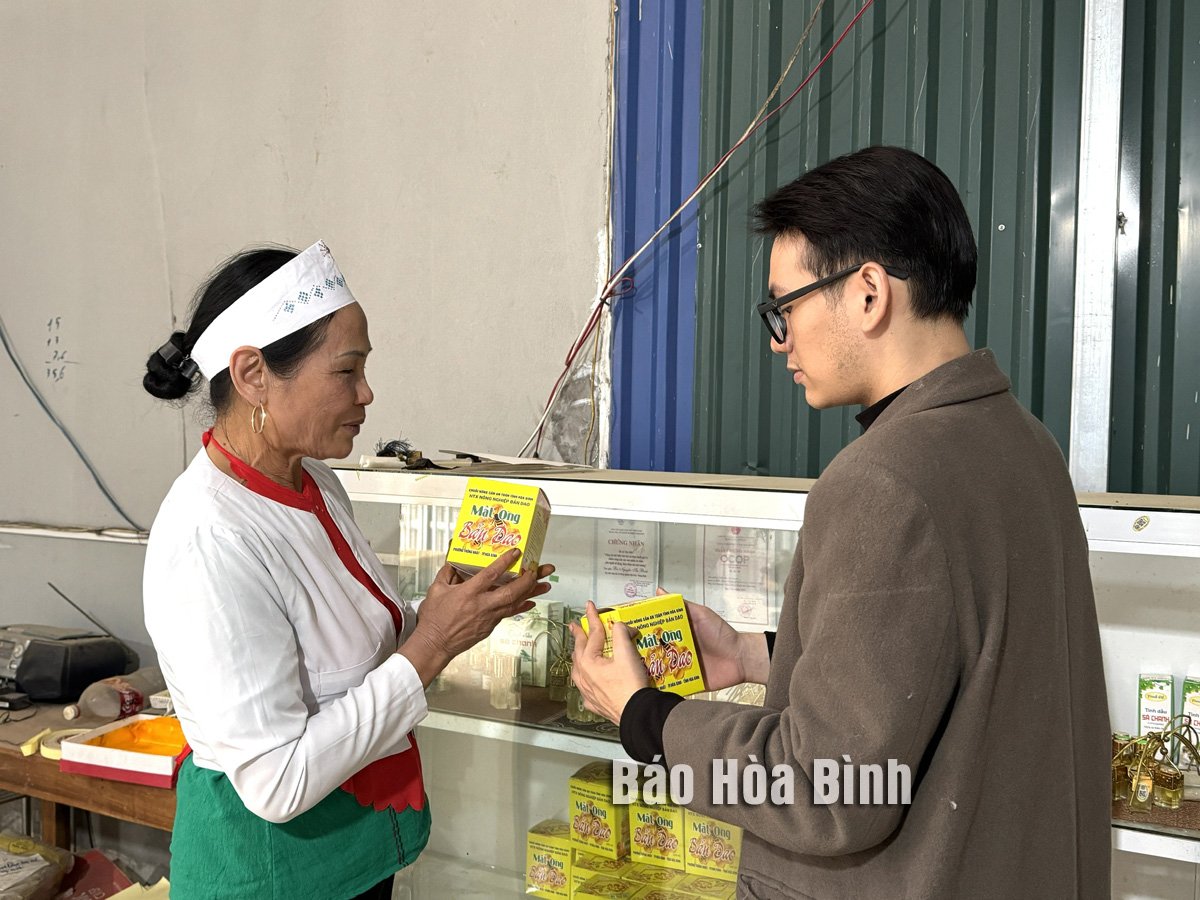

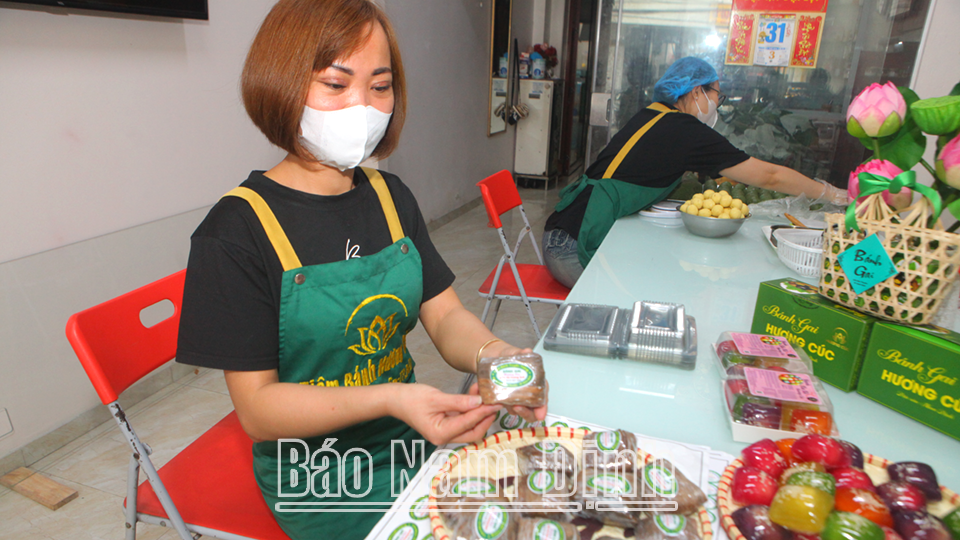

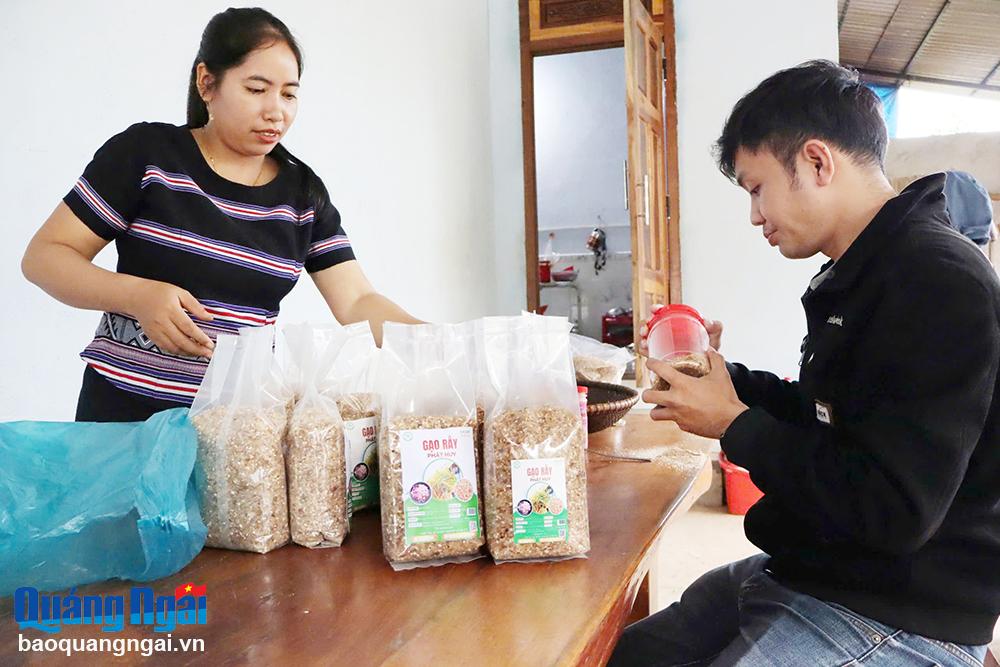





![[Infographics] Vietnam National Brand: Breakthrough from innovation and creativity](https://vstatic.vietnam.vn/vietnam/resource/IMAGE/2025/4/20/3a037811a5774d639acf15b107c9d294)

Comment (0)